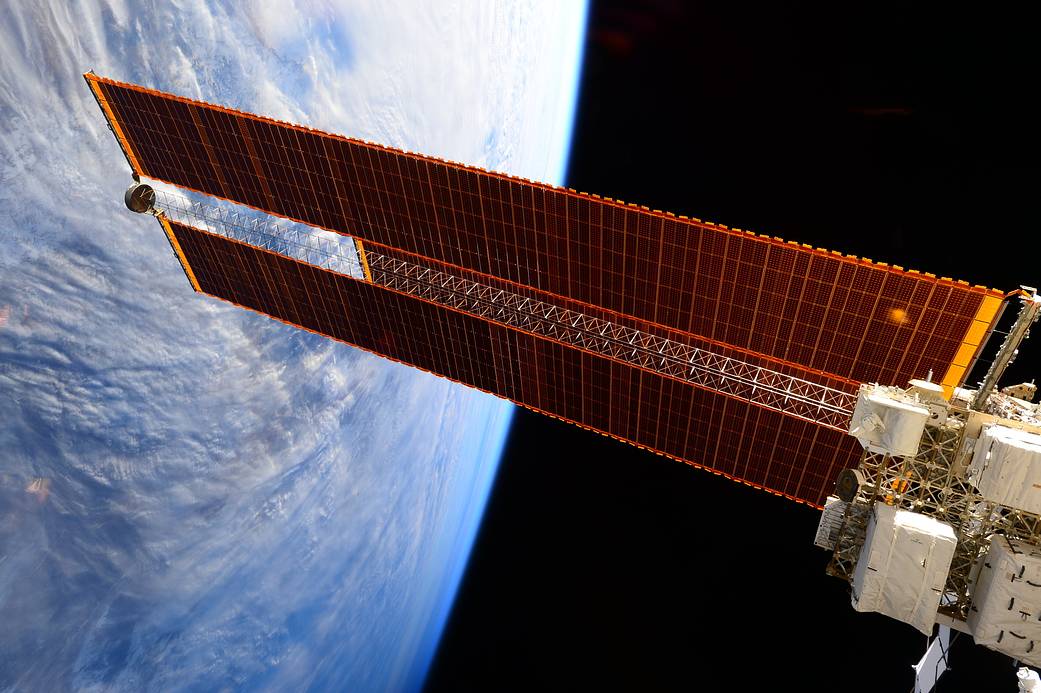Can we unlock new space missions by designing better space power technologies? Can more radiation tolerant solar cells help us find evidence of extra-terrestrial life?
Spacecraft are predominantly powered by photovoltaic systems. Traditional fuels are heavy and therefore costly and radioactive materials capable of powering spacecraft are in limited supply. Outside of the Earth’s atmosphere, solar energy is abundant and predictable, no pesky clouds getting in the way. This leaves solar as the obvious choice for satellites and long-distance spacecraft.
The downside of solar panels in space is that they are exposed to damaging radiation during their mission lifetimes. This produces defects in the lattice structure of the solar cells and degrades their performance. Certain orbits and missions to different planets in our solar system have high levels of damaging radiation. One such environment is the orbit of Jupiter and its scientifically interesting moon, Europa. Europa is seen as one of the best candidates for evidence of extra-terrestrial life. However, investigating the surface of Europa with a lander requires power systems that can tolerate its high radiation environment. My PhD delves into the intrinsic radiation tolerance of ultra-thin single junction GaAs solar cells. We are aiming to produce device designs that can surpass the current industry standards in terms of radiation tolerance while still providing sufficient power. We are targeting reduction in cell thickness because thinner cells have been shown to provide more resistance to radiation. This is because carriers can still be collected at the contacts even after radiation-induced defets have been introduced. However, a thinner cell means less light is absorbed. Our goal is to integrate a textured light-trapping layer into the devices to boost the absorption that is lost when the cell is thinned. This will provide the best of both worlds; a thin enough cell to resist high levels of radiation that also absorbs a large enough fraction of incident light to power onboard electronics.
NanoDTC Associate, a2019

